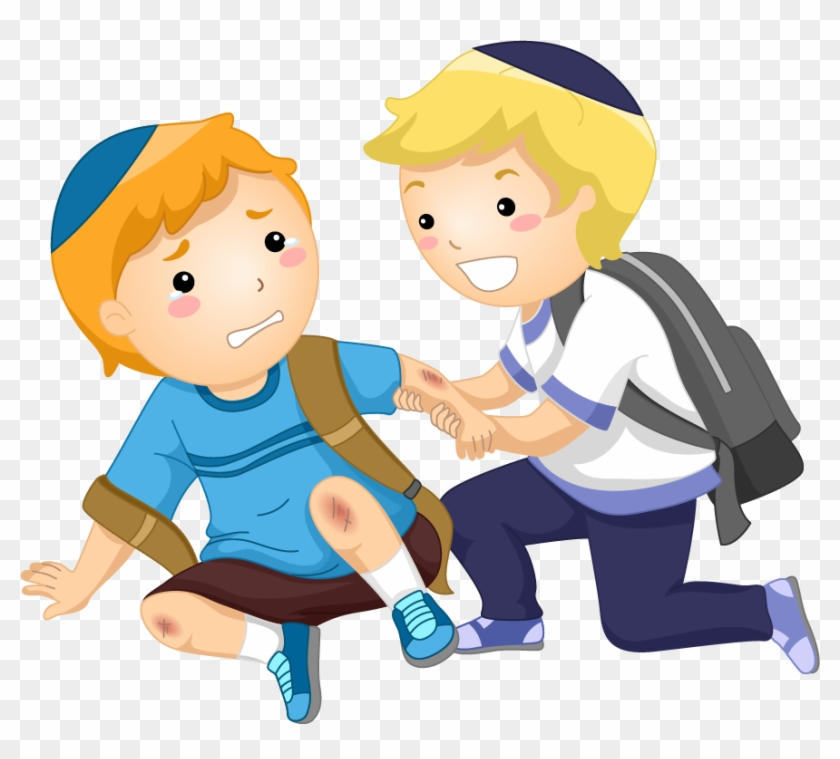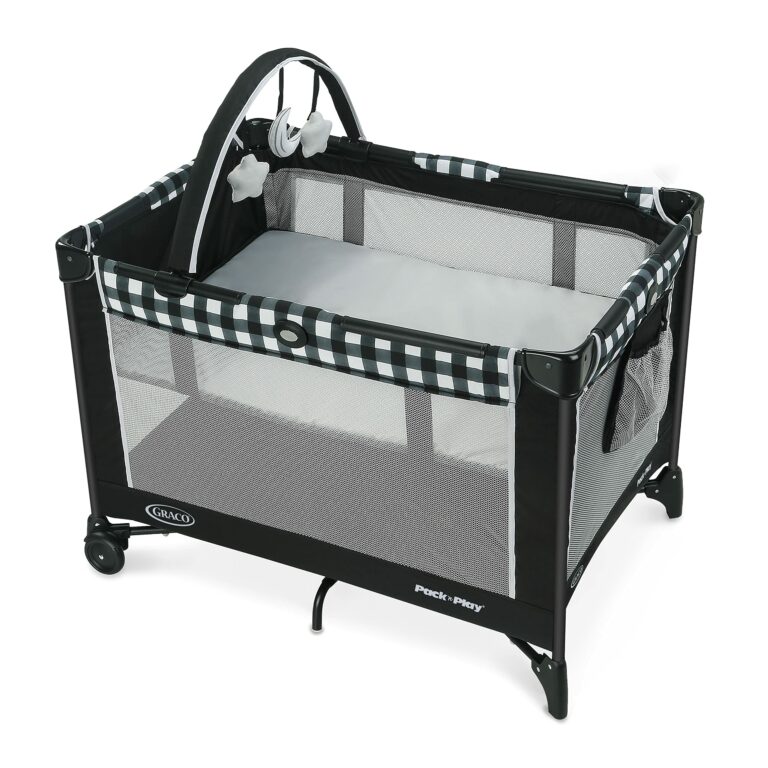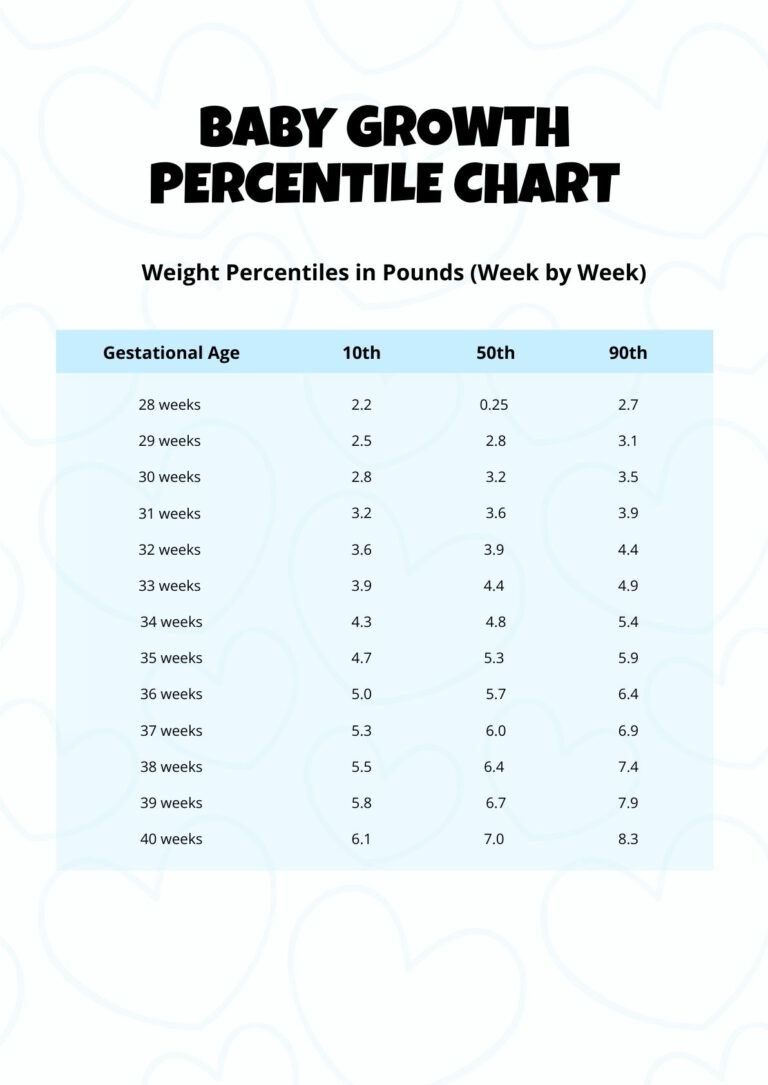How To Help Baby Crawl: A Comprehensive Guide
Are you eagerly waiting for your little one to start crawling and exploring the world around them? Watching your baby learn to crawl is an exciting milestone in their development. If you’re wondering how to help your baby crawl, you’ve come to the right place. In this article, we will discuss everything you need to know to assist your baby in mastering this essential skill.
Knowledge
Before diving into the techniques to help your baby crawl, it’s essential to understand the basics of crawling. Crawling is a crucial stage in a baby’s development as it strengthens their muscles, promotes coordination, and enhances their cognitive abilities. Most babies start crawling between six to ten months of age, but every child is different, so don’t worry if your baby takes a bit longer.
One of the first steps in helping your baby crawl is to create a safe and conducive environment for them to explore. Clear out any obstacles or hazards that may hinder their movement. Ensure that the floor is clean and soft to cushion any falls. Baby-proofing the area will give your little one the freedom to move around without any restrictions.
Tummy time is a vital activity that helps strengthen your baby’s neck, back, and shoulder muscles – all of which are essential for crawling. Start with short periods of tummy time several times a day, gradually increasing the duration as your baby gets more comfortable. Place colorful toys or objects just out of reach to encourage your baby to move and reach for them.
As your baby starts to show signs of wanting to crawl, gently support their movements by placing them on their tummy and gently guiding their arms and legs. Avoid forcing your baby to crawl or placing undue pressure on them. Allow your baby to explore and learn at their own pace.
Props such as pillows, cushions, or rolled-up blankets can be used to create obstacles for your baby to crawl over. Placing toys just out of reach will encourage your baby to move towards them. Interactive toys that make sounds or light up can also capture your baby’s interest and motivate them to crawl towards them.
Every baby is unique, and they will reach milestones at their own pace. Celebrate and encourage your baby’s progress, no matter how small. Be patient and supportive as your baby learns to crawl, and remember that each step they take is a significant achievement in their development.
Conclusion
In conclusion, helping your baby crawl is an exciting journey that requires patience, support, and encouragement. By understanding the basics of crawling, creating a safe environment, encouraging tummy time, supporting your baby’s movements, using props and toys, and celebrating milestones, you can help your baby master this essential skill. Remember that every baby is different, so allow your little one to progress at their own pace and enjoy the process of watching them explore and grow.
For parents and caregivers, this article serves as a guide to assist in helping babies learn to crawl. By following the tips and techniques outlined here, you can support your baby’s development and celebrate their achievements along the way.
Ultimately, helping your baby crawl is not just about physical movement – it’s about fostering independence, curiosity, and confidence in your little one. So, enjoy this special time with your baby, and revel in the joy of watching them take their first steps towards independence.






